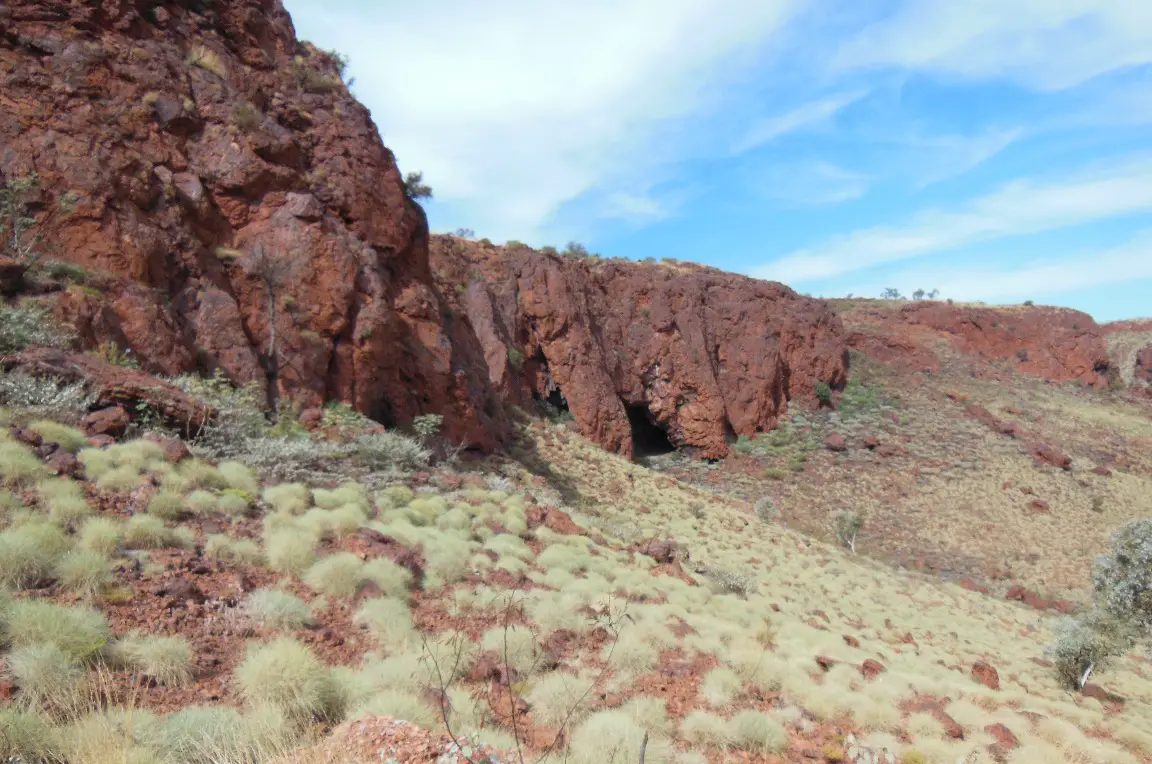 |
| Maya Ganga Cave - Pilbara WA |
An archeological dig has revealed artefacts of early occupation so old they rival the dates of those found at sites of the earliest human settlement in Australia.
The discovery of the artefacts of animal bone and charcoal at the Ganga Maya Cave (named by traditional owners meaning 'house on the hill') in the Pilbara region of Western Australia are the subject of a scientific paper not yet submitted to archaeological journals.
The items analysed through carbon-dating techniques indicate first use of the cave from more than 45,000 years ago.
The cave, close to an active iron ore mine, is of even more significance because it is believed to have been settled continuously and right through the Ice Age up until about 1700 years ago.
Kate Morse, Director of Archaeology at Fremantle heritage consultancy Big Island Research remains cautious about making claims for the site’s significance because so far only a one-metre square area, 139 cms deep, has been excavated.
 |
| Significant finding: Digging in the Ganga Maya Cave in the Pilbara. |
Asked if the cave could be the site of the earliest human settlement, she said: “We have only got the one date and I would prefer to get other dates before I make those kind of claims. It is certainly a very old site.
“I think it is an area that people have travelled into to start exploring Australia. They have come from SE Asia across the water and arrived in northern Australia and made their way around the coast following river systems inland.”
Dr Morse said that she had only this week been told of other older sites in the Kimberley and Northern Territory where work was ongoing. [...] smh.com.au
Actualización 16-06-14: Una excavación en cueva al oeste de Australia revela objetos de hace 45.000 años
Los hallazgos rivalizan en fecha con los más antiguos conocidos hasta ahora...







No hay comentarios:
Publicar un comentario